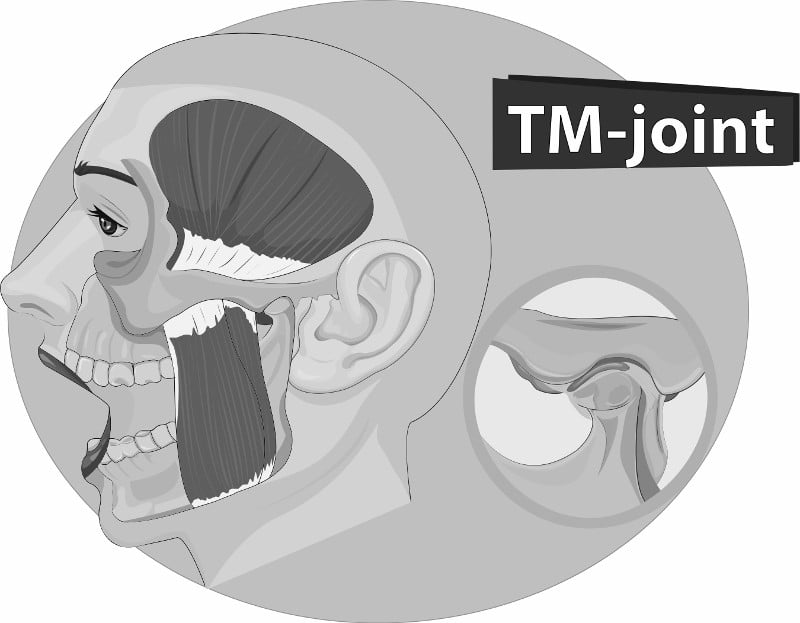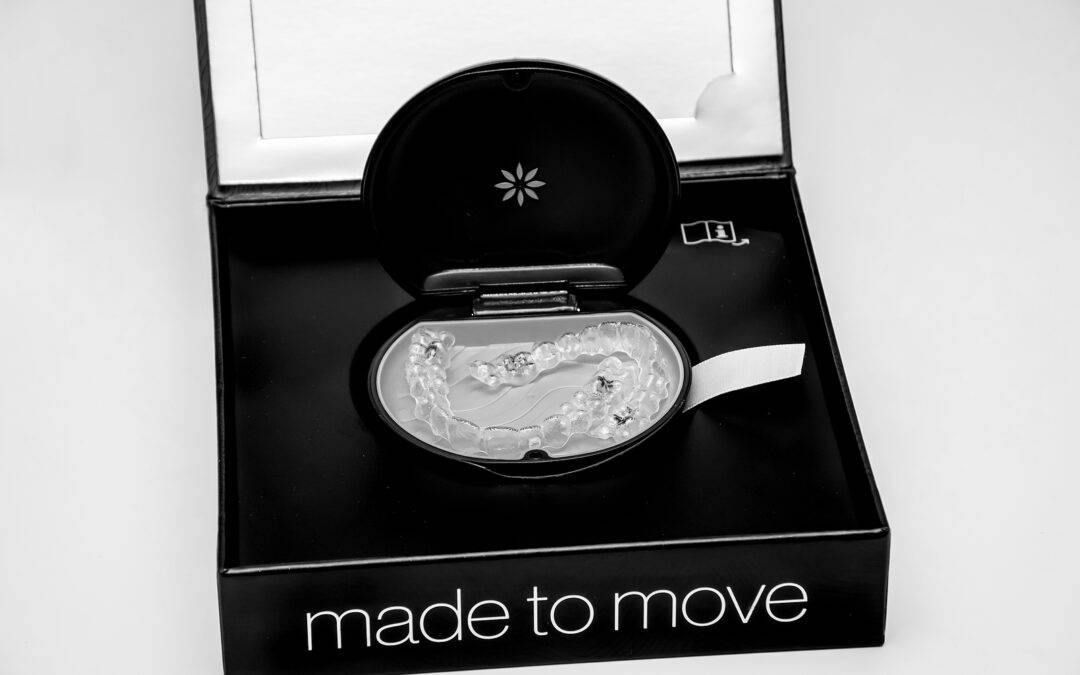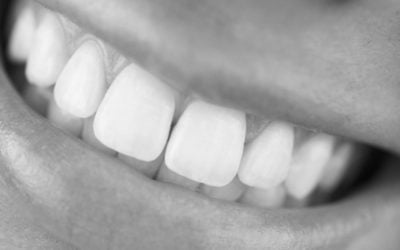Did you know your jawbone, called the “mandible,” is the largest and strongest bone in your body?
The mandible, combined with the upper jaw (maxilla), are used to bite and chew. The difference between the mandible and the maxilla is that the mandible is movable.
The mandible is connected to the skull by two joints — the temporomandibular joints. These joints are also called TMJ joints. These two joints are extremely important.
This is why temporomandibular disorder, or TMD, is serious and painful.
Here are 4 facts everyone should know about TMD. Knowing these facts will help you understand and prevent this disorder.
1. TMD Symptoms
The first way to know if you have TMD is to look for specific symptoms. These symptoms include:
- Pain in your joints (or the joints connecting your jawbone to your skull)
- Jaw pain
- Difficulty or painful chewing
- Pain around your ear
- Jaw joint locking, so you’re unable to open and close your mouth
- Facial pain
This isn’t the most noticeable symptom, but some TMD sufferers experience a clicking noise when they open their mouth. It’s also common to experience a grating sensation while chewing.
If you experience any of these symptoms, it’s best to see a dentist for TMD treatment.
2. TMD Causes
Your mandible can move and your joints work with a myriad of muscles in your jaw.
Bones interact with the joint. They’re separated by a small, shock-absorbing disk and are covered by cartilage. These bones ensure jaw movements are smooth and healthy.
When TMD sufferers first experience symptoms, the parts connected to the joint are first damaged.
This can be caused by a number of different factors. For example, the disk can erode or get out of alignment. Many people develop TMD if their joints are damaged due to injury.
Other ailments, such as arthritis, leave you at-risk for developing TMD.
3. When to See a Dentist
Medical attention isn’t always necessary. You can develop symptoms because your joints are overworked and stressed out. Pain and discomfort will go away on their own.
However, there’s a time you need to see a dentist. For example, do you have constant issues opening and closing your mouth? This means your TMJ is causing your joints and jaw muscles to function incorrectly.
Another reason to see a dentist for TMD is if the pain is severe and persistent.
There are many treatments for TMD. Pain medication can help your pain and swelling. If you develop TMD because you clench your jaw, anti-anxiety medication can help relieve your stress so you don’t clench your jaw.
Your dentist may also recommend you eat primarily soft foods to take the chewing stress off of your joints and muscles.
Severe cases may require specialised treatment and devices such as the occlusal splint.
Do You Need a Dentist for TMD?
Are you experiencing TMD symptoms and are looking for a dentist? If you’re in Limerick, we can help with your joint and jaw pain. Contact us today to discuss how we may be able to help you.







